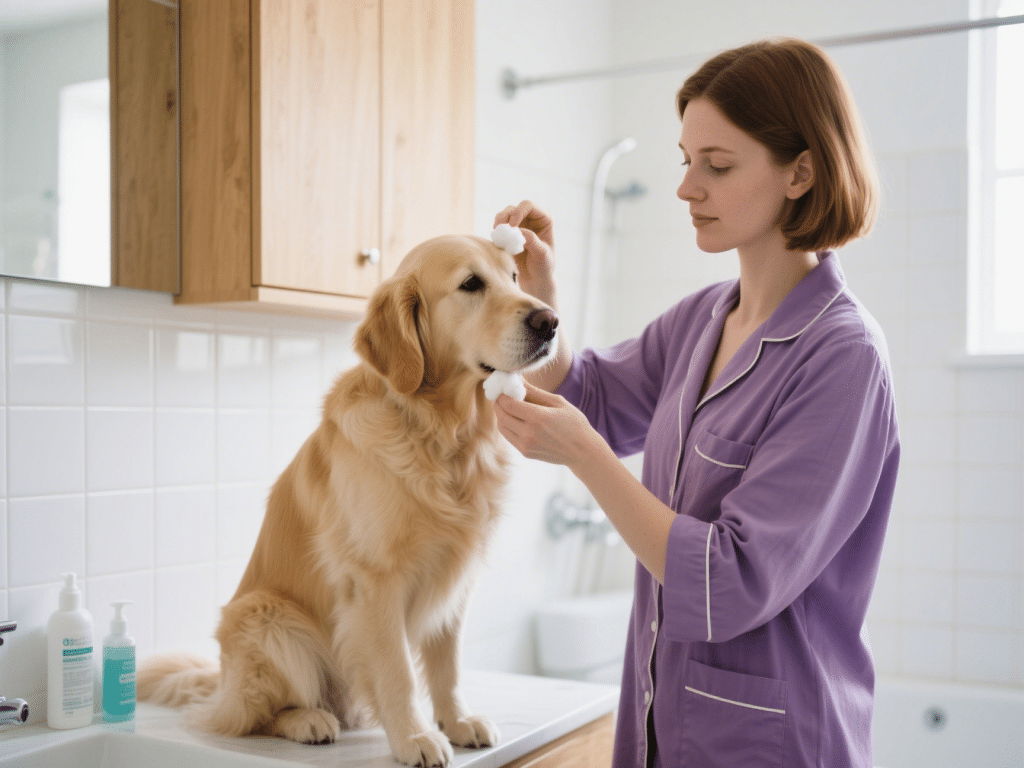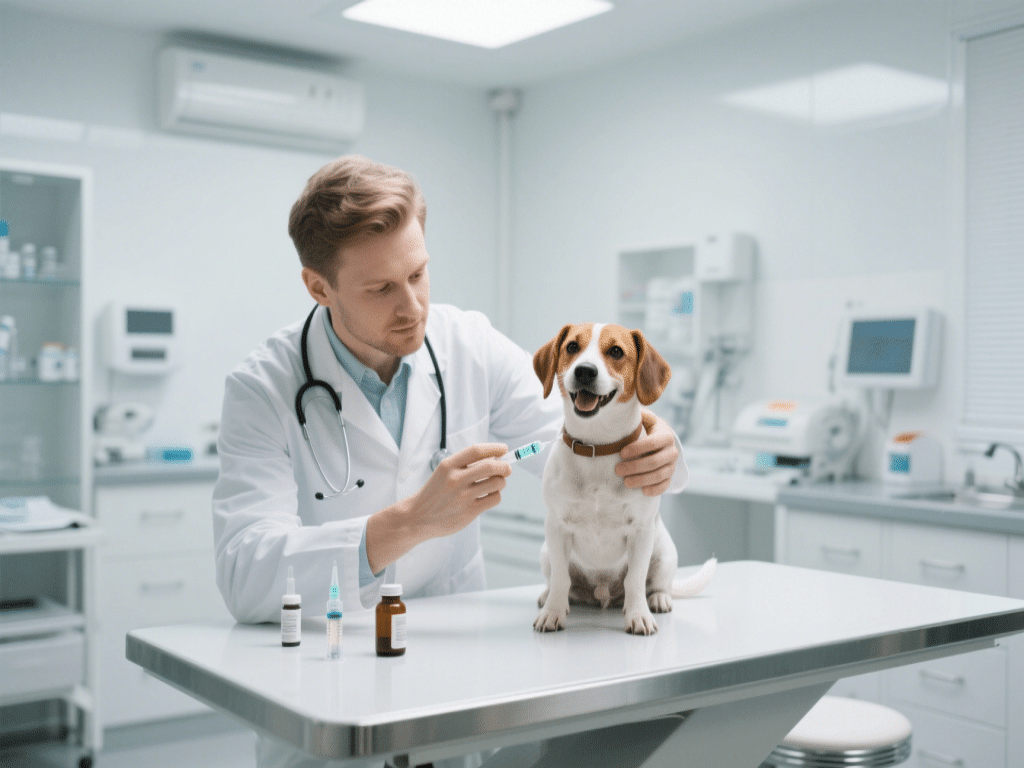Why Dog Ear Care is Non-Negotiable
Canine ear health directly impacts overall wellbeing. Dogs possess L-shaped ear canals prone to trapping moisture, wax, and debris, creating ideal environments for microbial growth (bacteria/yeast). Breeds with floppy ears (e.g., Cocker Spaniels, Basset Hounds), swimmers, or allergy-prone dogs face higher risks. Consistent, proper care prevents painful otitis externa (ear canal inflammation) and costly veterinary treatments.
Understanding Canine Ear Anatomy & Risks
The vertical and horizontal segments of a dog’s ear canal form a deep “J” shape. This structure:
Hinders natural debris expulsion
Retains moisture effectively
Requires manual cleaning beyond superficial wiping
Common infection triggers include:Excess Moisture: Post-bathing/swimming
Allergies: Food/environmental (increases wax production)
Foreign Bodies: Grass seeds, dirt
Endocrine Disorders: Hypothyroidism
Excessive Hair: Obstructing airflow in ear canals
Step-by-Step: Safe & Effective Ear Cleaning
Supplies Needed:
Veterinary-Approved Otic Cleanser: pH-balanced for dogs (e.g., Epi-Otic, Virbac). Never use hydrogen peroxide, alcohol, or vinegar.
Cotton Balls/Pads or Gauze Squares: Avoid cotton swabs (Q-tips) which can compact debris and damage the eardrum.
Towels: For restraint and cleanup
Treats: Positive reinforcement
Procedure:
Calm Environment: Choose a quiet area. Have supplies ready.
Examine First: Gently lift the ear flap. Check for redness, swelling, dark discharge (coffee-ground-like may indicate mites), foul odor, or pain. If present, STOP and consult your vet before cleaning.
Apply Solution: Fill the ear canal with the cleaner until it pools slightly (follow product directions). Massage the base of the ear firmly for 20-30 seconds (listen for a squishing sound). This loosens debris.
Allow Shaking: Release your dog. They will vigorously shake their head, expelling loosened material.
Wipe Away Debris: Using cotton balls/gauze wrapped around your finger, wipe out the visible part of the ear canal and inner ear flap. Wipe only as far as your finger easily reaches. Do not probe deep.
Reward: Praise and treat your dog generously.
Frequency: Follow your vet’s advice. Typically, once every 1-4 weeks for maintenance. Over-cleaning can cause irritation.
Identifying Signs of Ear Infection (Otitis Externa)
Seek immediate veterinary attention if you observe:
Persistent head shaking or ear scratching
Redness, swelling, or heat in the ear canal
Yellow, brown, or bloody discharge
Strong, foul odor
Whining or yelping when ear is touched
Crusting or scabs inside the ear
Head tilting or loss of balance (indicates potential middle/inner ear involvement)
Proactive Prevention Strategies
Routine Drying: Thoroughly dry ears after baths, swimming, or exposure to rain/dew. Use absorbent cotton balls gently placed at the ear opening (remove after soaking).
Breed-Specific Grooming: Regularly pluck excess hair from ear canals in hairy breeds (Poodles, Schnauzers) as advised by your groomer/vet.
Allergy Management: Work with your vet to diagnose and manage underlying allergies.
Regular Inspections: Make weekly ear checks part of your grooming routine.
Diet: Ensure a balanced diet supporting skin/immune health. Omega-3 fatty acids can be beneficial.
Environmental Control: Minimize exposure to known allergens where possible.
When Professional Help is Essential
Suspect Infection: Do not delay vet consultation. Infections worsen rapidly.
Ruptured Eardrum: Signs include severe pain, sudden hearing loss, or neurological signs. Cleaning solutions are contraindicated.
Chronic Issues: Recurrent infections require diagnostics (cytology, culture) to identify the underlying cause (e.g., resistant bacteria, yeast overgrowth, polyps, foreign bodies).
Deep Cleaning/Sedation: Severely impacted ears may need professional flushing under sedation.
Conclusion: Consistent, gentle ear care is a cornerstone of responsible dog ownership. By understanding proper cleaning techniques, recognizing early warning signs of infection, and implementing preventative measures, you safeguard your dog from significant discomfort and hearing damage. Always partner with your veterinarian to tailor an ear care regimen specific to your dog’s unique needs and health status.










Comments on "Proper Dog Ear Care: Cleaning and Preventing Infections" :